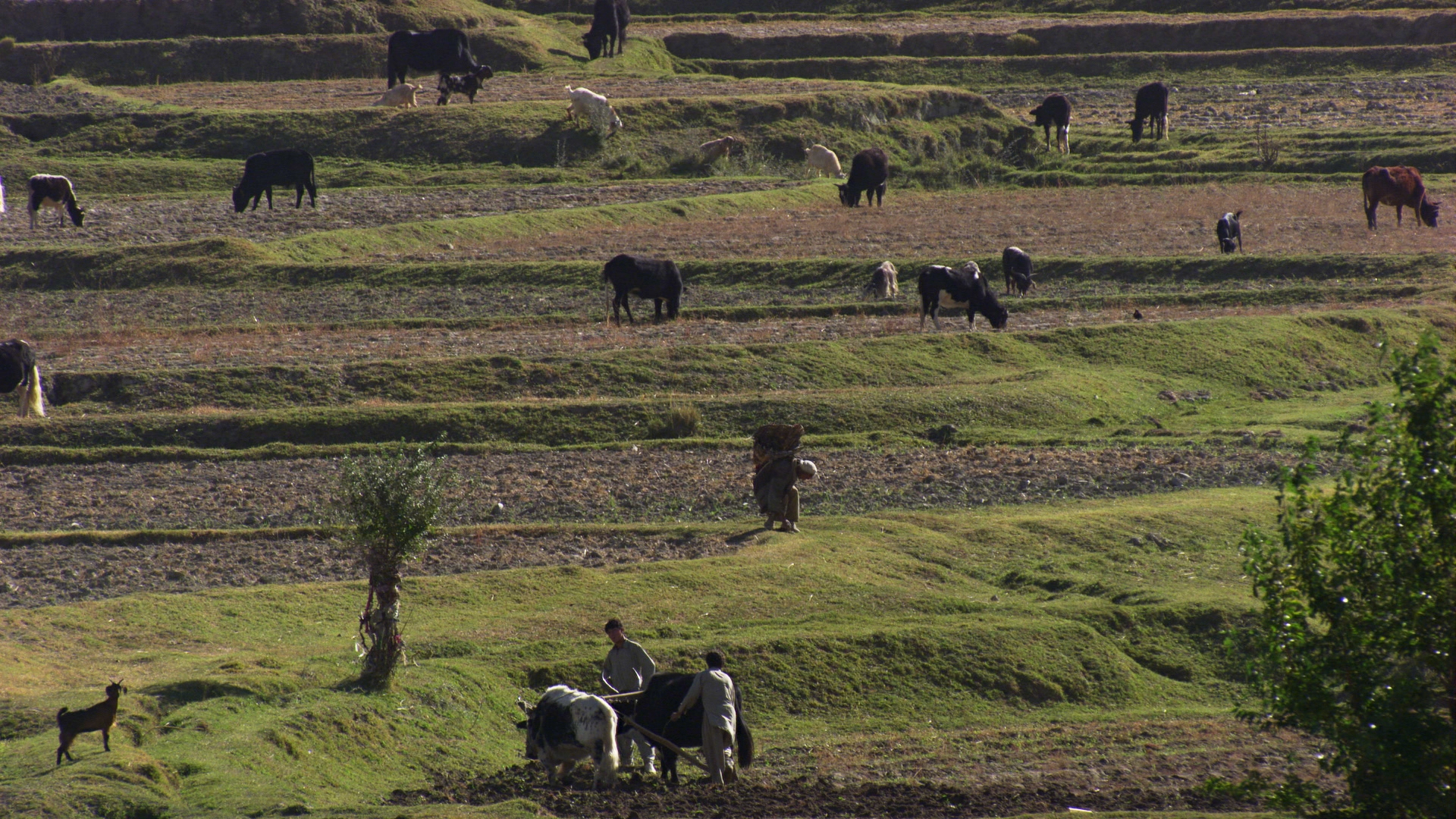This excerpt from the film TERRA (directed by Michael Pitiot and Yann Arthus-Bertrand, original soundtrack by Armand Amar) is a preview of the footage in our collection on the theme of traditional agriculture.
Filmed in Madagascar, Algeria, Ethiopia, Mongolia, Indonesia, Pakistan, Bangladesh and Kenya, these sequences show men and women cultivating the land or raising livestock without the technologies and machines of intensive agriculture.
Aerial Stock Footage
Since the Neolithic revolution in 9000 BC, humans have shaped their ecosystems and controlled the biological cycle of domesticated animal species in order to produce the resources needed by society. Developing techniques, tools, natural fertilizers, etc., humans have developed know-how.
From the 18th century onwards, agricultural and industrial revolutions led to mechanization and then the use of chemical fertilizers, pesticides and the modification of plant and animal species.
Today, the impact of intensive agriculture on the environment is considerable, contributing significantly to water and air pollution as well as climate change.
In rural areas of less industrialized countries, however, the practice of more traditional agriculture still persists.
The farm.
To see the farm in the distance rising with its roofs,
Rising, with its tower and its domed millstones
And its granaries topped with tiles and thatch,
With its white gables cut at right angles;
To see the farm in the distance rising in the greenery,
Shine and spread out in the splendor of the Mais,
When summer warmed it with its rekindled fires
And the brown beeches fanned it with branches:
So large it seemed, with its rows of ovens,
Its barns, its sheds, its stables, its courtyards,
Its posterns of old black nails variegated,
Its orchard shining with grass and as big as a building site,
Its mass squared at the end of three alleys,
That one would have said the hamlet was packed there, all together.
Emile Verhaeren, Les flamandes (Google traduction from French)
Our video aerial images of traditional agriculture

